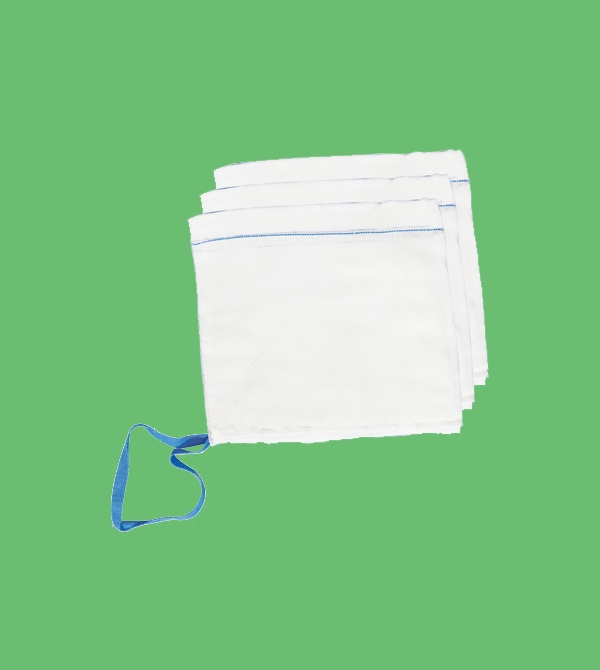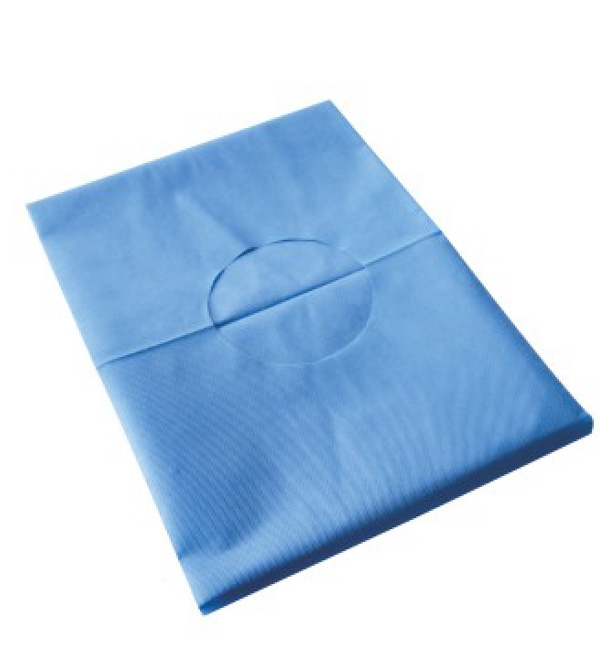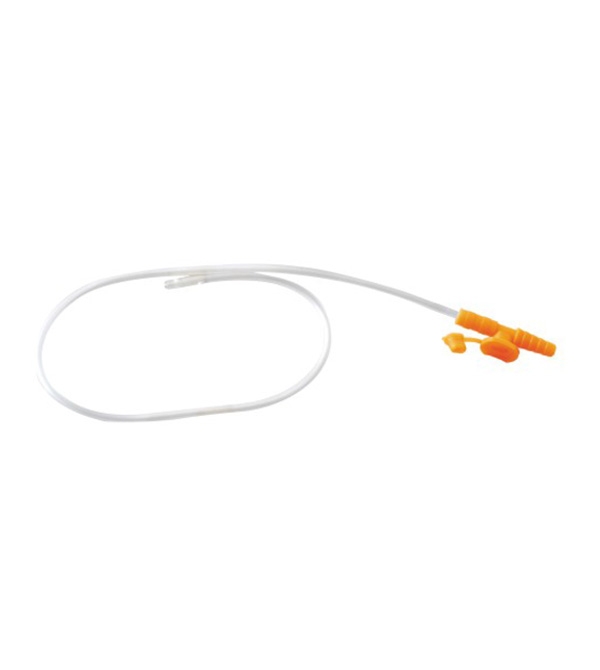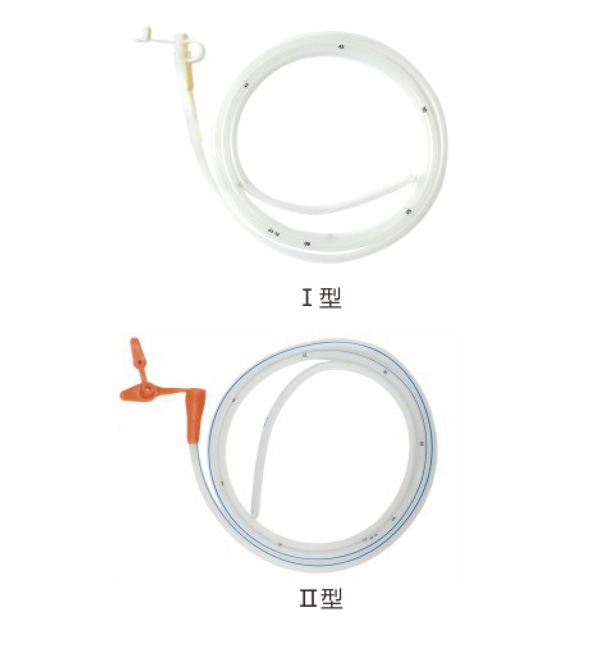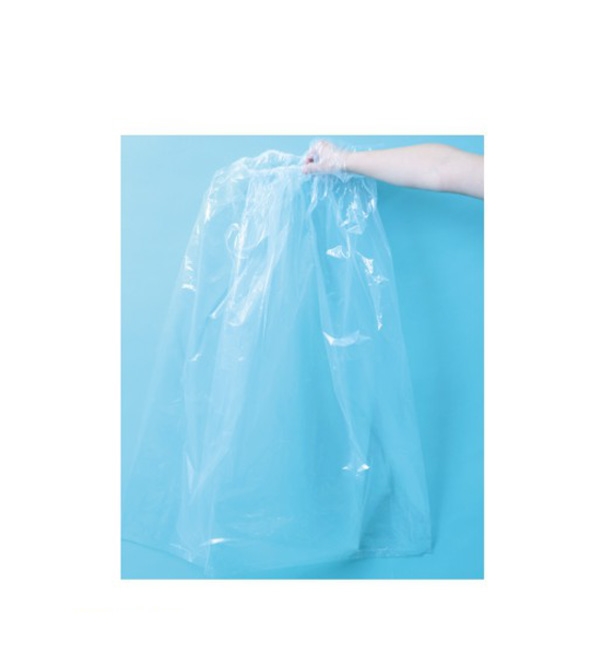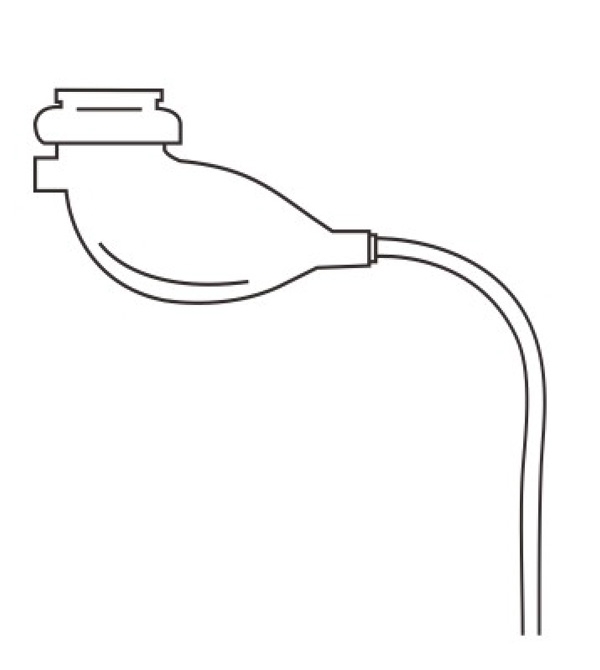Seven effective hemostasis methods were used
[pressing hemostasis method] - pressing the bleeding place with the hand. As for small wounds, it can effectively stop bleeding whether it is pressed directly by hand or by gauze or cotton stick. (don't - don't look at it and press it. It won't stop bleeding very well.)
[bandage hemostasis method] - use clean hemostatic cloth, medical gauze or elastic cotton cloth at home. First, wrap a cloth of moderate size around the wound, and then gradually bandage with moderate strength and bandage. (don't bandage with too much force, otherwise it will easily lead to necrosis of bleeding area; the strength should not be too small, which will lead to loose bandage, and there will be no hemostasis.)
[binding hemostasis method] - tourniquet is used. First put a clean cloth on the bleeding place (do not let the tourniquet directly contact the wound, which is easy to expand the wound), put the tourniquet on the cloth, the degree of relaxation and tightness should be moderate, so as not to play a hemostatic role. (do not - the tourniquet should be released in about an hour. When there is almost no bleeding, the tourniquet should be relaxed properly.)
[filling hemostasis method] - use clean paper or cotton swab to plug the wound until there is no bleeding. (do not - this packing method is easy to damage the wound tissue. If the method is improper, it is easy to cause infection. This method is better used under the guidance of doctors.)
[fixed hemostasis method] - for people with bleeding at the fracture site, first fix the fracture (the fixed object should be relatively larger than the fracture place, so it is not easy to touch the wound), and then use gauze or clean cotton cloth to stop the wound, and then use bandage to mark it. (don't - bandages here refer to those that are wider and softer. Don't tie them directly with ropes. This will not only stop the wound, but also aggravate the fracture.)
[hemostasis by flexing limbs and padding] when bleeding occurs in the forearm or leg, gauze pad, cotton ball, towel, clothes and other articles can be placed in the cubital fossa and knee fossa, flexing the joint, and fixing with triangle towel in 8-shape. But fracture or joint dislocation can not be used.
[rubber tourniquet hemostasis] the commonly used tourniquet is a rubber tube about three feet long. The method is as follows: palm upward, hold one end of tourniquet from the mouth of the tiger, tighten one hand, circle the body for 2 times, clamp the end of tourniquet between the middle finger and the food finger, and pull down the tourniquet force along the limb, so as to avoid slipping off. Pay attention to the use of tourniquet pad, do not stick directly on the skin. The tourniquet should be relaxed every 45 minutes for 2-3 minutes, and gradually replaced by finger pressing.


